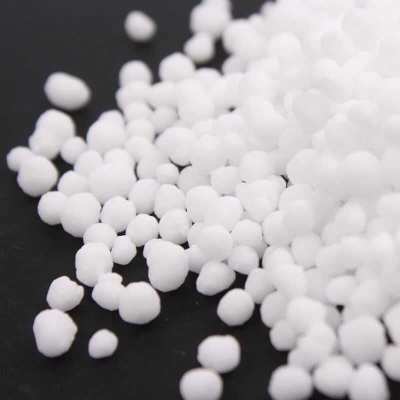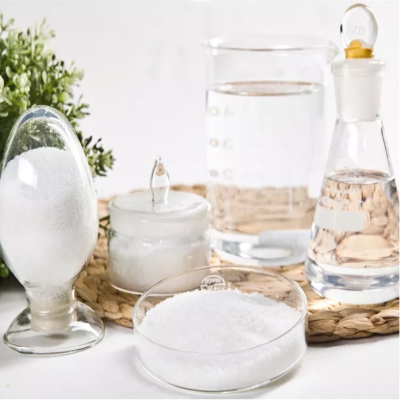-
Categories
-
Pharmaceutical Intermediates
-
Active Pharmaceutical Ingredients
-
Food Additives
- Industrial Coatings
- Agrochemicals
- Dyes and Pigments
- Surfactant
- Flavors and Fragrances
- Chemical Reagents
- Catalyst and Auxiliary
- Natural Products
- Inorganic Chemistry
-
Organic Chemistry
-
Biochemical Engineering
- Analytical Chemistry
- Cosmetic Ingredient
-
Pharmaceutical Intermediates
Promotion
ECHEMI Mall
Wholesale
Weekly Price
Exhibition
News
-
Trade Service
Article source: Gasgoo?? According to foreign media reports, scientists at the National Institute for Materials Science in Japan have developed a machine learning process that can obtain aluminum alloys with specific and required mechanical properties
.
This method may facilitate the discovery of new materials
.
? Aluminum alloy is a light-weight energy-saving material, mainly made of aluminum, but also contains other elements such as magnesium, manganese, silicon, zinc, and copper
.
The combination of various elements and manufacturing processes determines how elastic the alloy faces various stresses
.
For example, 5000 series aluminum alloys contain magnesium and several other elements, which can be used as welding materials for buildings, automobiles and pressurized containers; while 7000 series aluminum alloys contain zinc, usually magnesium and copper, and are most commonly used in bicycle frames.
.
? It is very time-consuming and expensive to verify the combination of various elements and manufacturing processes to produce aluminum alloy.
To overcome this problem, Ryo Tamura of the National Institute of Materials Science of Japan collaborated with colleagues and Toyota Motor Corporation to develop A material information technology that can input known aluminum alloy database data into a machine learning model to train the model to understand the relationship between different mechanical properties of the alloy and different constituent elements, as well as the type of heat treatment applied in the production process The relationship between
.
Once the model is provided with sufficient data, it can predict what elements and production processes are needed to produce a new alloy with specific mechanical properties, and all of the above work does not require manual input or supervision
.
? For example, the model found that by increasing the content of manganese and magnesium and reducing the content of aluminum, 5000 series aluminum alloys with high stress and deformation resistance can be manufactured
.
Tamura said: “This type of information will help develop new materials such as alloys to meet industrial needs
.
” The model uses a statistical method called Markov chain Monte Carlo, which will Use algorithms to obtain information, and then use graphs to display the results, so as to facilitate the visualization of the association between different variables
.
By entering larger data sets during the training process, this machine learning method has also become more and more reliable
.
.
This method may facilitate the discovery of new materials
.
? Aluminum alloy is a light-weight energy-saving material, mainly made of aluminum, but also contains other elements such as magnesium, manganese, silicon, zinc, and copper
.
The combination of various elements and manufacturing processes determines how elastic the alloy faces various stresses
.
For example, 5000 series aluminum alloys contain magnesium and several other elements, which can be used as welding materials for buildings, automobiles and pressurized containers; while 7000 series aluminum alloys contain zinc, usually magnesium and copper, and are most commonly used in bicycle frames.
.
? It is very time-consuming and expensive to verify the combination of various elements and manufacturing processes to produce aluminum alloy.
To overcome this problem, Ryo Tamura of the National Institute of Materials Science of Japan collaborated with colleagues and Toyota Motor Corporation to develop A material information technology that can input known aluminum alloy database data into a machine learning model to train the model to understand the relationship between different mechanical properties of the alloy and different constituent elements, as well as the type of heat treatment applied in the production process The relationship between
.
Once the model is provided with sufficient data, it can predict what elements and production processes are needed to produce a new alloy with specific mechanical properties, and all of the above work does not require manual input or supervision
.
? For example, the model found that by increasing the content of manganese and magnesium and reducing the content of aluminum, 5000 series aluminum alloys with high stress and deformation resistance can be manufactured
.
Tamura said: “This type of information will help develop new materials such as alloys to meet industrial needs
.
” The model uses a statistical method called Markov chain Monte Carlo, which will Use algorithms to obtain information, and then use graphs to display the results, so as to facilitate the visualization of the association between different variables
.
By entering larger data sets during the training process, this machine learning method has also become more and more reliable
.







